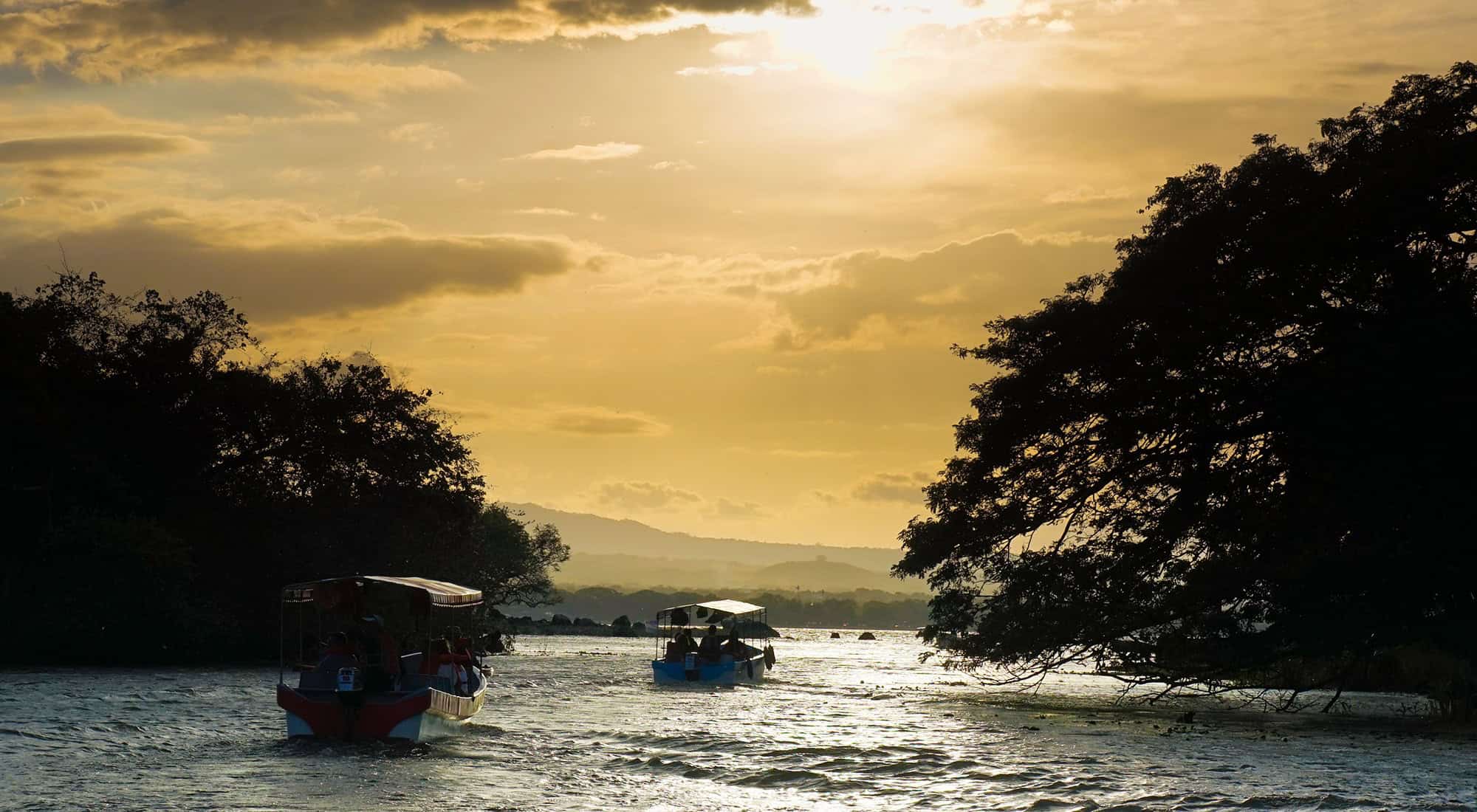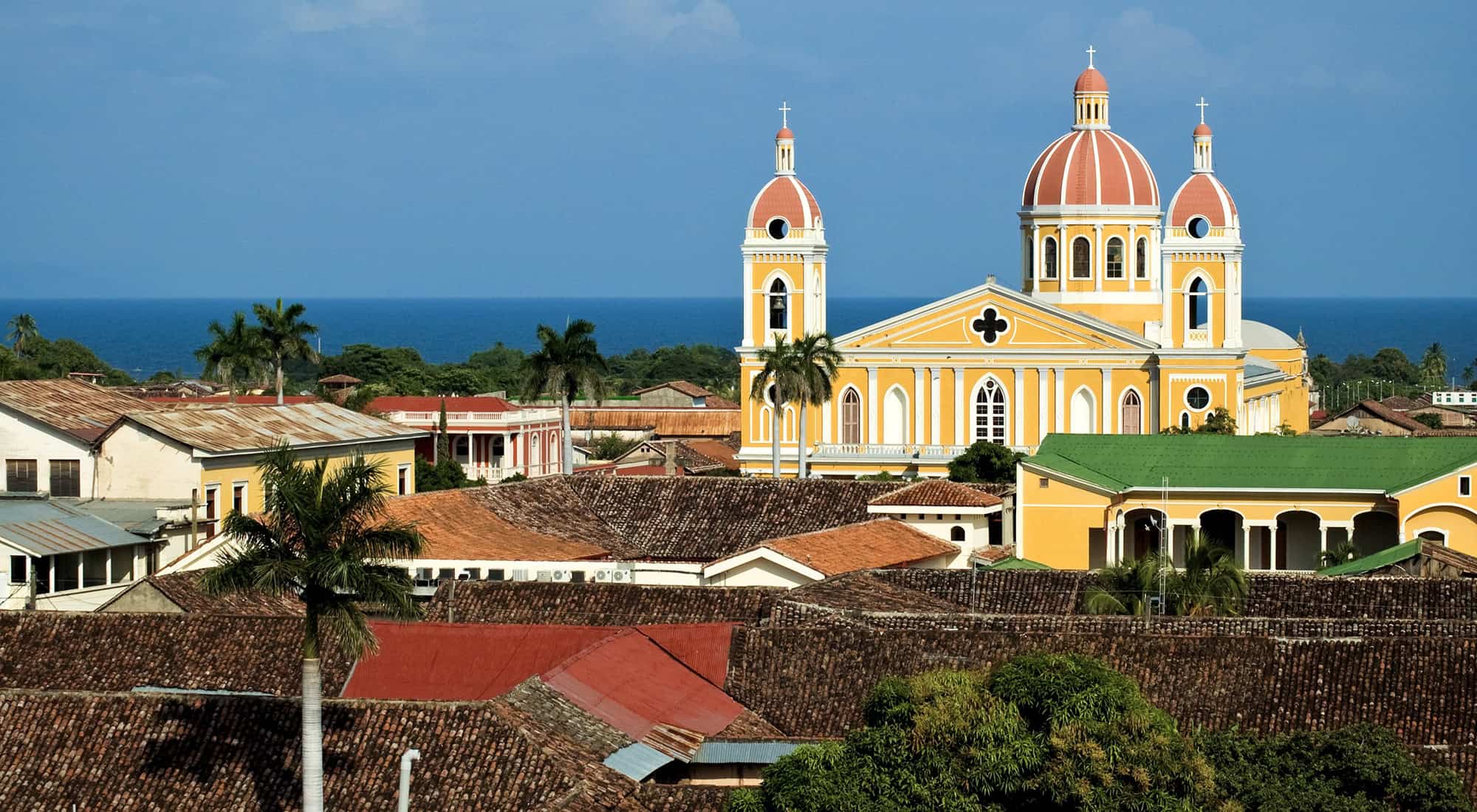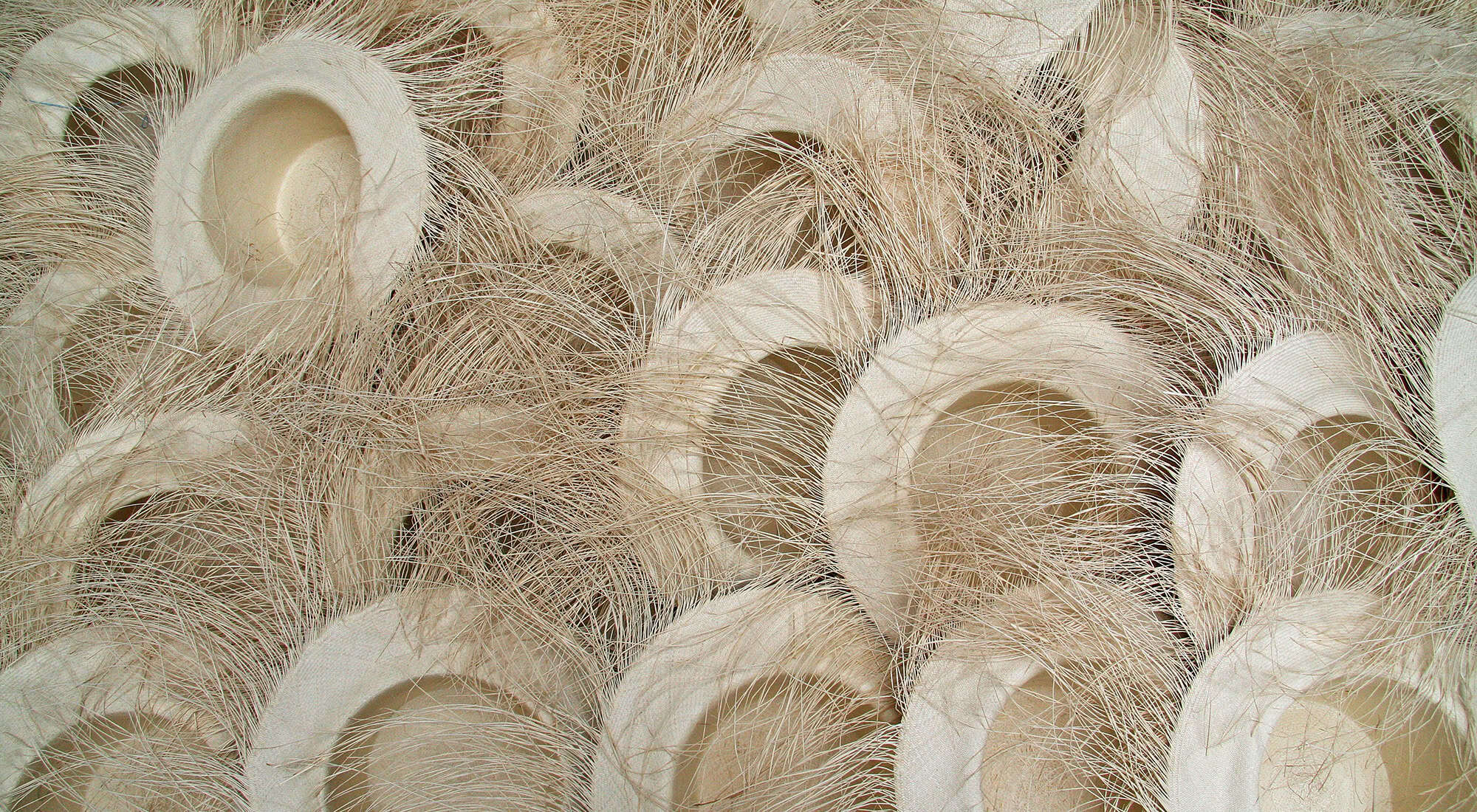Archaeology
Although the archaeology is not as inspiring as the Mayan temples further north, Nicaragua’s pre-Columbian history is fascinating. Around the country, museums display artefacts that have been discovered in each region; the best are at the Palacio Nacional de la Cultura in Managua, the Museo Antiguo Convento de San Francisco in Granada and Museo El Ceibo on Isla Ometepe. In Lake Nicaragua, there are some remains on the islands of Zapatera and Ometepe, where you can see some large basalt statues. Petroglyphs are also present on many islands in Lake Nicaragua as well as numerous sites around the mainland. Colonial archaeology can be examined in the UNESCO World Heritage Site of León Viejo. A guide is recommended since English-language books on Nicaragua’s archaeological heritage are virtually non-existent.
Birdwatching
According to the latest count Nicaragua is home to over 700 species of bird, including boat-billed flycatcher, collared aracari, black-headed trogon, wood stork, roseate spoonbill, long-tailed manikin and osprey. The national bird is the turquoise-browed mot-mot, beautiful and common in the highlands of Managua. The sheer number of birds in Nicaragua is amazing. Reserva Biológica Indio Maíz in Río San Juan area has primary rainforest with the scarlet macaw still filling the sky with red plumage. The Refugio de Vida Silvestre Los Guatuzos has gallery forest and ample wetlands teeming with birds. The Archipiélago Solentiname has two islands that are massive nesting sites. In the northern mountains of Jinotega and Matagalpa the cloudforests are home to many prize bird species like the quetzal. The Montibelli Private Nature Reserve, Laguna de Apoyo and the Reserva Natural El Chocoyero, located just outside the capital, also offer a chance to see many interesting species including 1000 or so nesting parakeets. For those with time, patience and rugged constitutions, the hard-to-reach Bosawás Biosphere Reserve promises some of the best birding in Central America with over 400 resident species.
Cycling
The options for cycling in Nicaragua are good, with a network of relatively flat, paved roads connecting the traditional villages of the Pueblos Blancos. For those who like their biking rugged, the hills around Matagalpa have lots of potential. In the dry season, confident cyclists should consider a foray into the North Atlantic Autonomous Region. The villages from Bilwi to Waspam are joined by an extensive web of flat, easy-to traverse and relatively empty dirt roads and expansive pine forests, but you will need a good map, equally good Spanish and even some wilderness experience to safely navigate the region.
Diving and snorkelling
There are professional dive operators on both of the Corn Islands. To find any depth a boat trip is needed, but the reefs lining both islands are beautiful and the marine life is rich. Snorkelling in the waters that wash the Corn Islands is world class and a real joy. Though scuba gear can be rented for diving, snorkellers would be wise to bring their own gear as most equipment available outside the dive operations is of uncertain quality.
Fishing
Nicaragua is a fisherman’s paradise, with its wide selection of rivers, lakes and seas. Deep-sea fishing can be arranged in San Juan del Sur or Marina Puesta del Sol in the Pacific and bonefishing is possible on the Corn Islands. Lake Nicaragua is great for bass fishing. The island of Zapatera and its archipelago are home to Central America’s biggest annual freshwater tournament. In Pearl Lagoon and Alamikamba on the Caribbean side and on the Río San Juan, tarpon and snook fishing is very good.
Bullfighting
Bullfighting in Nicaragua is a strange hybrid of bullfighting and bull rodeo. The bull is not killed or injured, just intensely annoyed. The beast is brought inside the ring roped by a few mounted cowboys and tied to a bare tree in the centre. Someone mounts its back using a leather strap to hold on and the angry bull is released from the tree. The rider tries to stay on top and a few others show the animal some red capes for as long as they dare, before running off just before (in most cases) being impaled. When the bull gets too tired, a fresh one is brought in, mounted and shown more capes. Every patron saint festival has a bullfight. One of the most famous takes place at the Santa Ana festival in La Orilla.
Surfing
Nicaragua’s Pacific coast is home to countless beautiful breaks, many of which are only just starting to become popular. Most surfing is done along the coast of Rivas, using San Juan del Sur as a jumping-off point to reach breaks to the north and south. The country’s biggest and most famous break is at Popoyo in northern Rivas. It is possible to rent boards in San Juan del Sur, but in most cases you will need to bring everything with you, as even wax can be hard to find at times. Many used to rave at the tube rides and point breaks that lie empty all year round, but recent complaints include surf operators converging on breaks with a boat full of clients.
Trekking
Most of Nicaragua’s Pacific Basin is great walking country. You will need to speak some Spanish to get by, but once outside the city a whole world of beautiful landscapes and friendly people awaits you. Fences outside cities in Nicaragua are for animals, not people, and if you respect the privacy and rights of the local residents you need not worry about trespassing. Local guides are helpful and you should ask around each village to see who can accompany you and how far. Accommodation will be in hammocks. Due to wild driving habits, avoid walking along the road wherever possible and use the volcanoes as landmarks. It is possible to trek the Maribios volcano range in northwestern Nicaragua, starting at the extinct lake-filled crater of Volcán Cosigüina, which is the most westerly point of Nicaragua, and taking in all 21 cones, five of which are active. The route passes through many ranches and farms, where you can ask for directions if you need to. Another great place for trekking is the island of Ometepe with its breathtaking beauty, friendly people and many dirt trails; it is essential to use local guides here.
Whitewater rafting
Nicaragua’s rugged northern highlands are criss-crossed by a network of powerful and lively rivers, but rafting has yet to become an established activity. That may be set to change in the coming years, as tour operators are now beginning to make explorations of local waterways and their challenging rapids. Matagalpa Tours is the main pioneer and is pleased to offer whitewater trips in the hills outside Matagalpa City.










